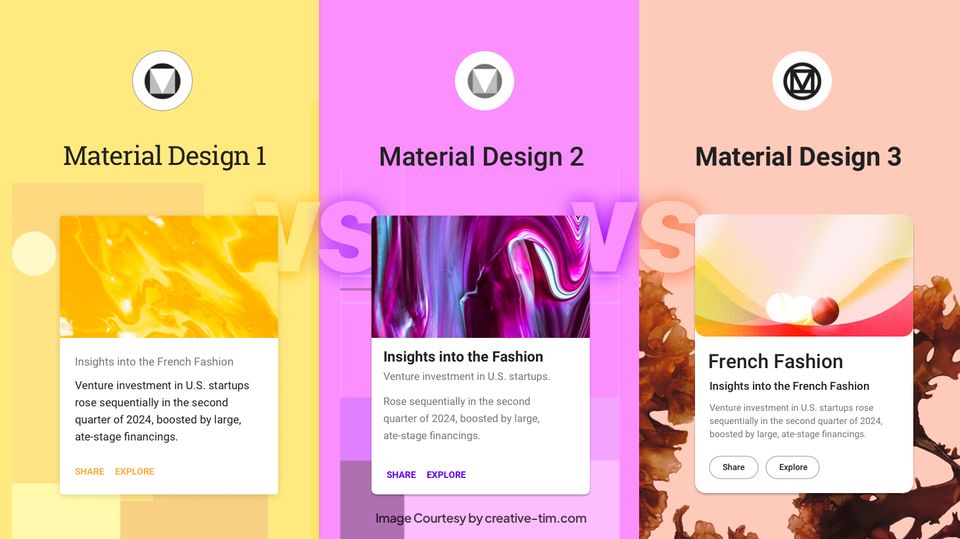What is React and what does it do best?
React.js is part of the latter category and not just a come and go kind of framework. It was released in 2013 and still grows to the top of the most advanced technologies.
Developed by Facebook, React is an open-source JavaScript framework that works great for building user interfaces. Developers use React for creating reusable UI component and handling view layer for web and mobile apps. Also, React uses virtual DOM, the JavaScript object. It improves apps performance because JS’ DOM is faster than the regular one.
In order to work with React.JS, you need a solid knowledge of JavaScript as well as HTML5 that will come in handy when working with JSX, which is very similar.
You’ll be able to work on both the client and the server side, and it will facilitate the maintenance of larger apps through its component and data patterns that improve readability.
So what makes React JS the JavaScript framework that will probably outlast the others?
I guess the future looks good for React, React native and redux. As a web developer working with Angular, easily backbone and React, I fell with React quickly create dynamic UI components in the web within minutes.
Facebook was wise to create a framework just for UI rendering, it is effortless, easy to get accustomed to and very useful. With UI part handled by React, I can concentrate on my application state with Redux.
I like this bright separation in react +redux compared to angular, backbone which are full-blown web frameworks handling both UI and application state management.Though MVC is a perfect architecture pattern which is used in the backbone, Angular, I find the flow architecture by Facebook which is used by React, Redux, Relay, etc. much more comfortable, concise for client-side development.With React Native, developers can create UI components which can be used on all three primary mobile OS (Android, ios, windows). No need separate development for each OS which was typically developed in Java, Swift, and C#. Also, developers experienced in react can quickly get the hang of React native.
React is easy to use for developers, so companies launch their product fast and are more productive. React.js framework revolutionizes the way frontend is handled. It solves the problem of the view by creating a UI and a data layer on the View. It the can connect with an API-like backend that uses routers and controllers and models to access data and perform backend logic.
React embraces dominant UI paradigms like functional programming mixed with a little bit of OOP via component classes. Its API really is the purest JS approach amongst the ‘popular group’ of JS frameworks and libraries. This is mostly achieved through the in the near future use of JSX that empowers the full ability to encapsulate UI components as JS Objects.
Conclusion
All in all, when it comes down to answering the question “What does the future has in store for React?” the actual, most truthful answer we could give is that no one knows. The fact that for now React is doing extraordinarily well might mean that it will continue shortly.
However, further down the line, the fast evolution of technologies points to an unknown future for React as well. Who knows, maybe in three or four years we’ll have something even more amazing.
The beauty is that you can evolve along with these changes and shift to whatever suits you and the tech environment better. In the end, what matters most is the project you work on and the technology you use. As things go, we can’t really foresee the future of any framework.



![15+ Top Black Friday & Cyber Monday Deals for Developers and Designers [2023]](/blog/content/images/size/w960/2021/11/black-friday-deals-developers-1.jpg)
